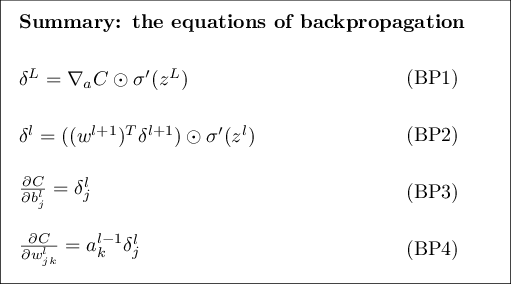I found this question very interesting, and this is a follow up on it.
Presumably, we'd want all the filters to converge towards some complementary set, where each filter fills as large a niche as possible (in terms of extracting useful information from the previous layer), without overlapping with another filter.
A quick thought experiment tells me (please correct me if I'm wrong) that if two filters are identical down to maximum precision, then without adding in any other form of stochastic differentiation between them, their weights will be updated in the same way at each step of gradient descent during training. Thus, it would be a very bad idea to initialise all filters in the same way prior to training, as they would all be updated in exactly the same way (see footnote 1).
On the other hand, a quick thought experiment isn't enough to tell me what would happen to two filters that are almost identical, as we continue to train the network. Is there some mechanism causing them to then diverge away from one another, thereby filling their own "complementary niches" in the layer? My intuition tells me that there must be, otherwise using many filters just wouldn't work. But during back-propagation, each filter is downstream, and so they don't have any way of communicating with one another. At the risk of anthropomorphising the network, I might ask "How do the two filters collude with one another to benefit the network as a whole?"
Footnotes:
- Why do I think this? Because the expession for the partial derivative of the $k$th filter weights with respect to the cost $\partial W^k/\partial C$ will be identical for all $k$. From the perspective of back-propagation, all paths through the filters look exactly the same.

